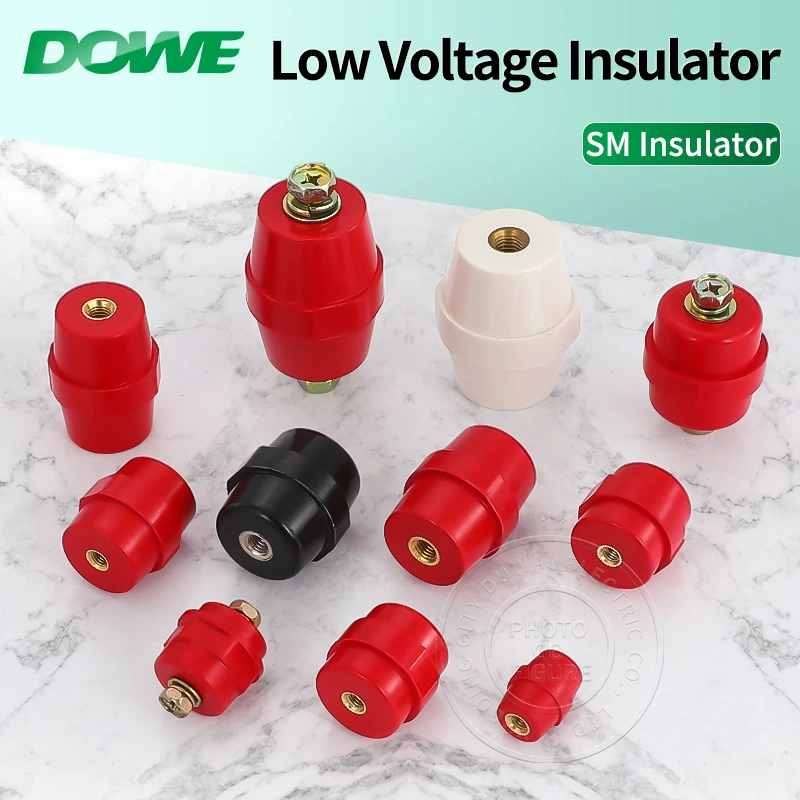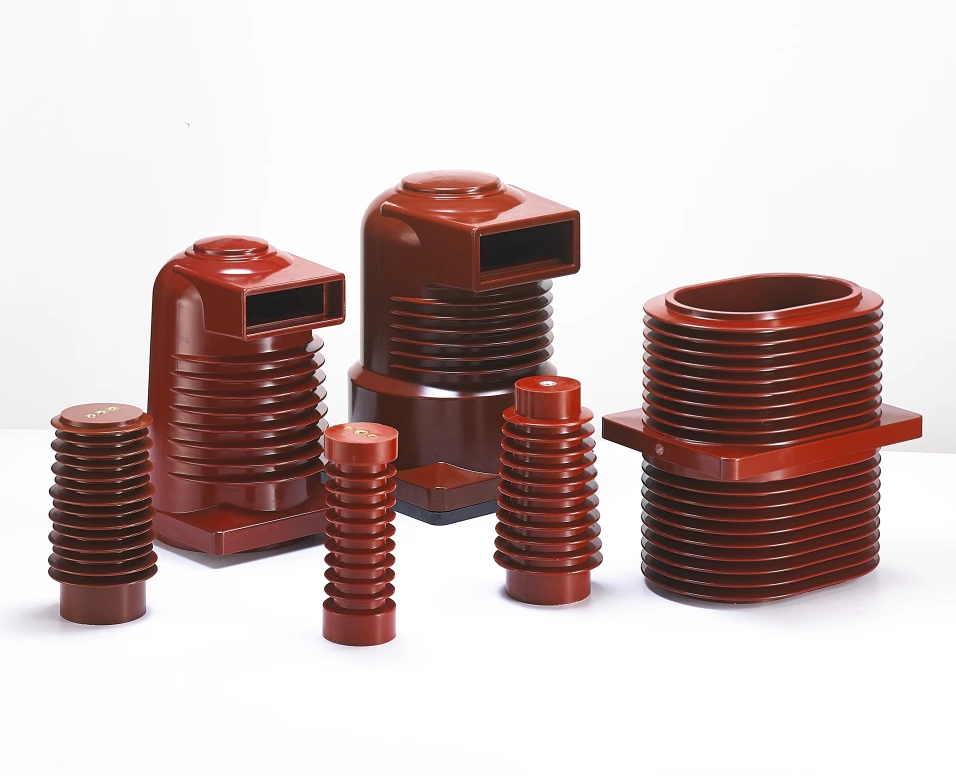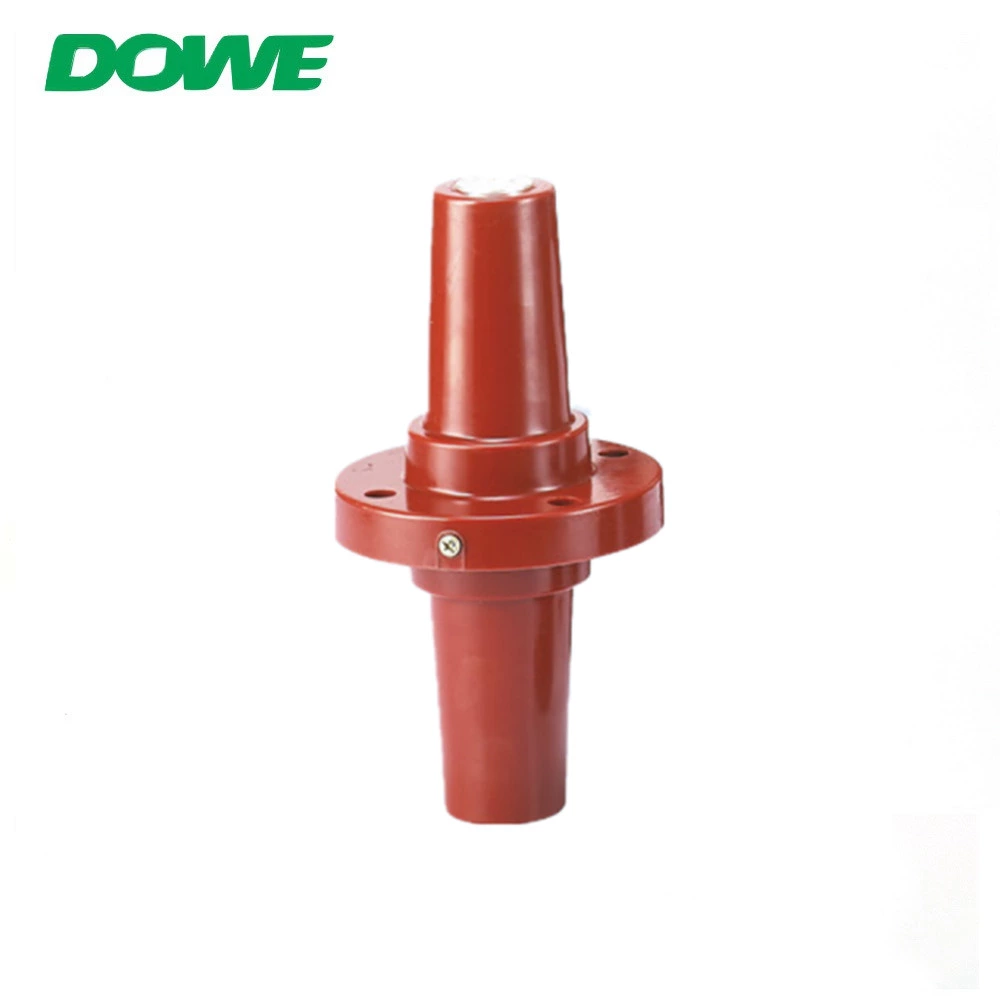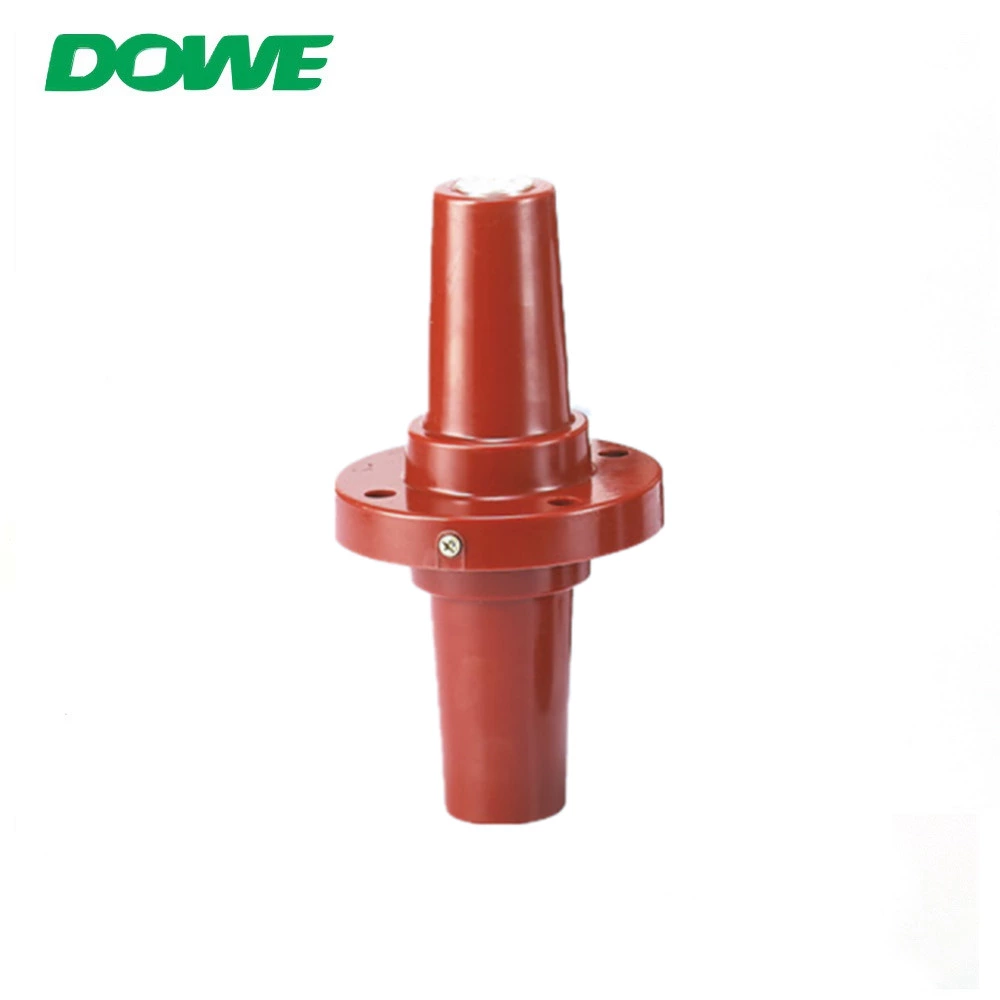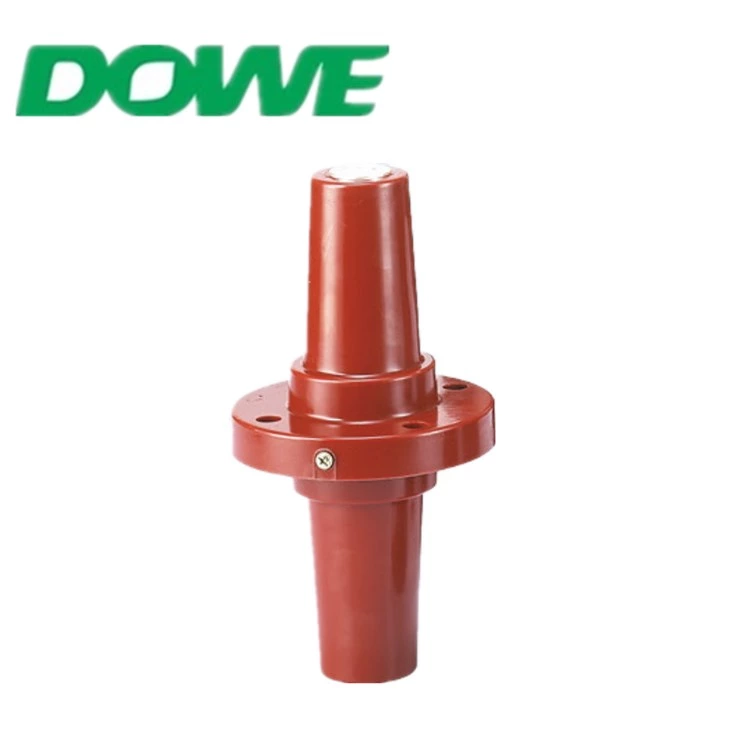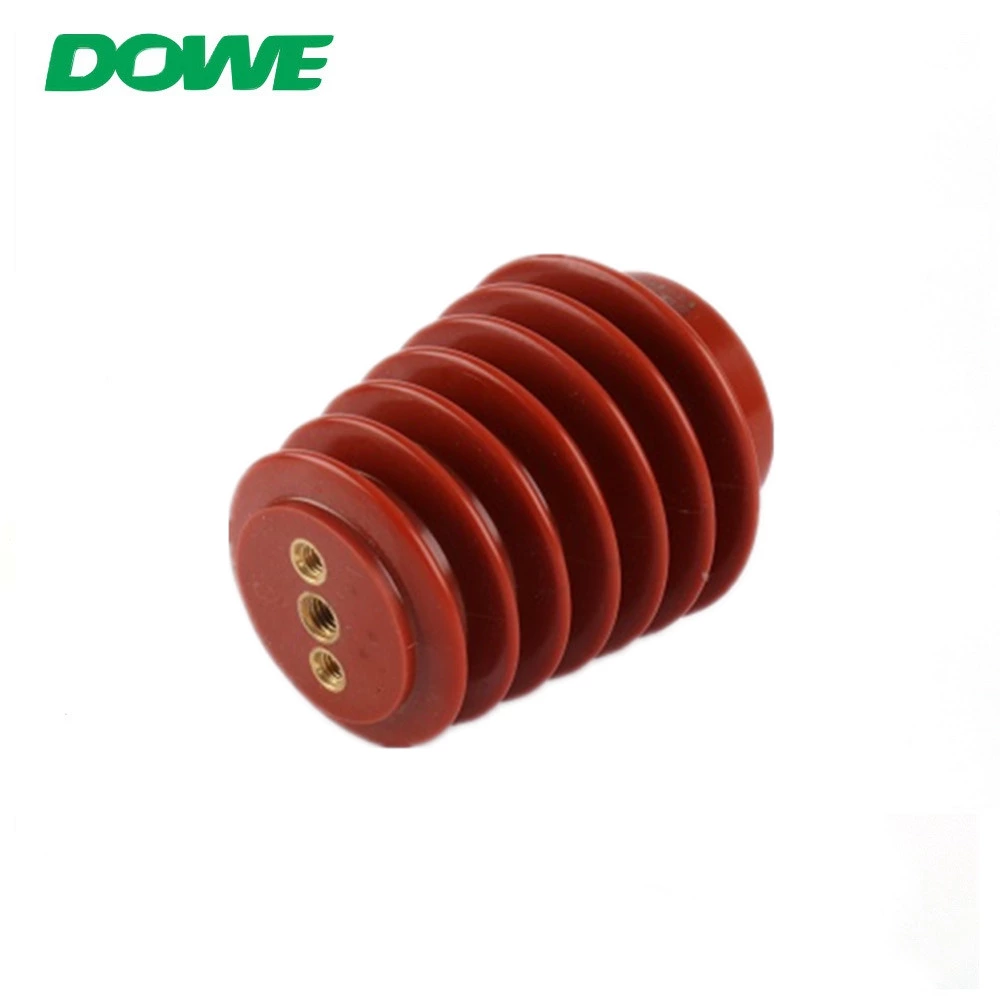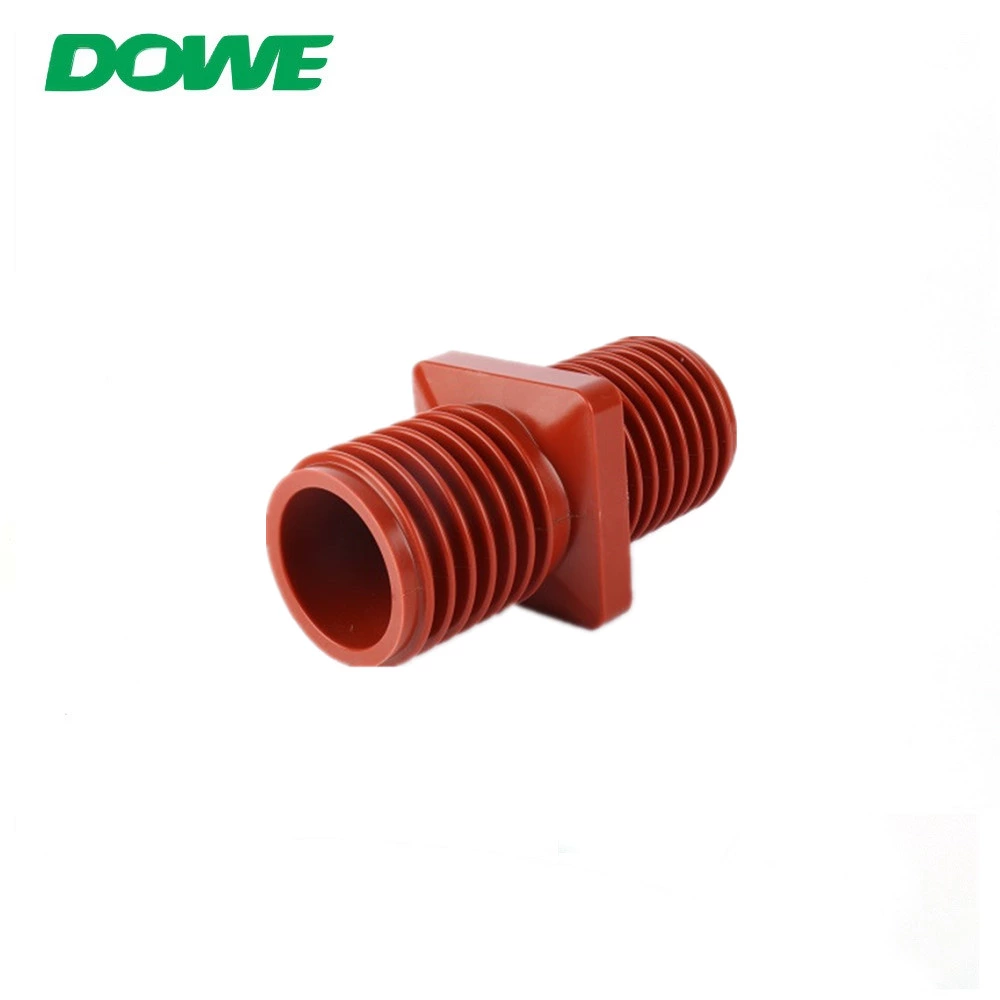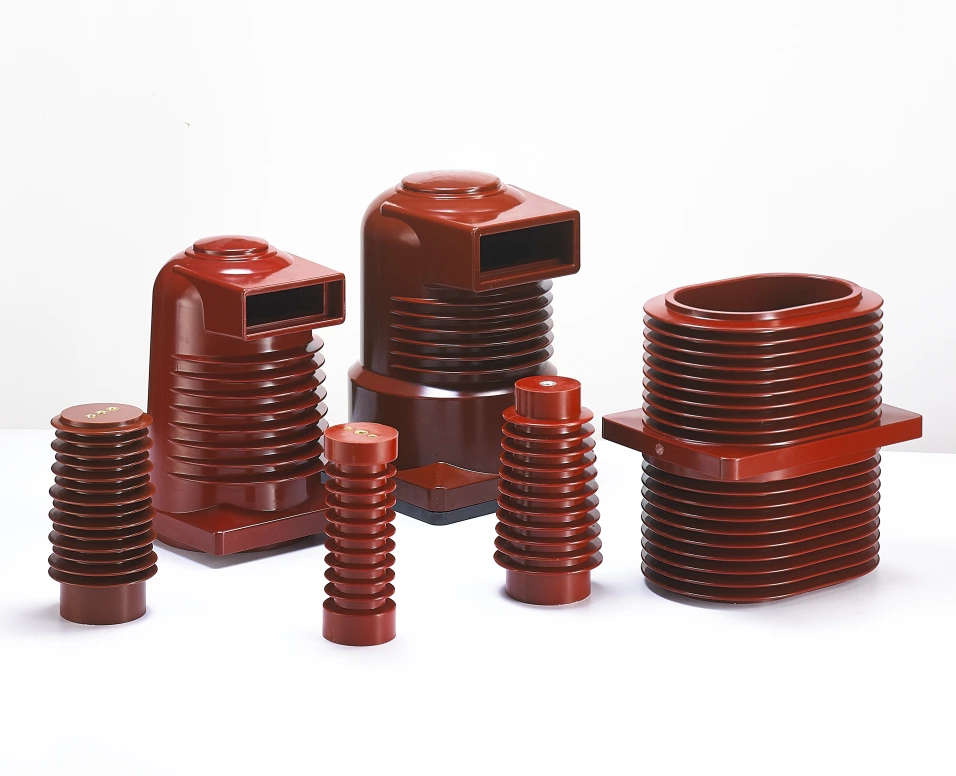What Is a Busbar Insulator?
[Table of contents]
- Busbar Insulator Overview
- Definition Purpose
- Key Roles of Busbar Insulators
- Structure and Materials
- Types of Busbar Insulators
- Voltage Specifications
- Applications of Busbar Insulators
- Installation Guidelines
- Maintenance and Longevity
- Busbar Brace and Market Trends
- Busbar Clamp and Market Overview
- Busbar Holder and Market Dynamics
- How to Choose the Right Busbar Insulator
- Footnotes
Busbar Insulator Overview
In modern electrical power distribution networks, busbars serve as essential conductors for carrying current from one point to another. However, without the right insulating and structural support, these components can lead to considerable safety hazards, including electric shocks, short circuits, and potential equipment breakdowns. That’s why busbar insulators are so crucial.
This overview covers:
- Definition of busbar insulators
- Their primary roles
- Various design types
- Commonly used materials
- Practical applications
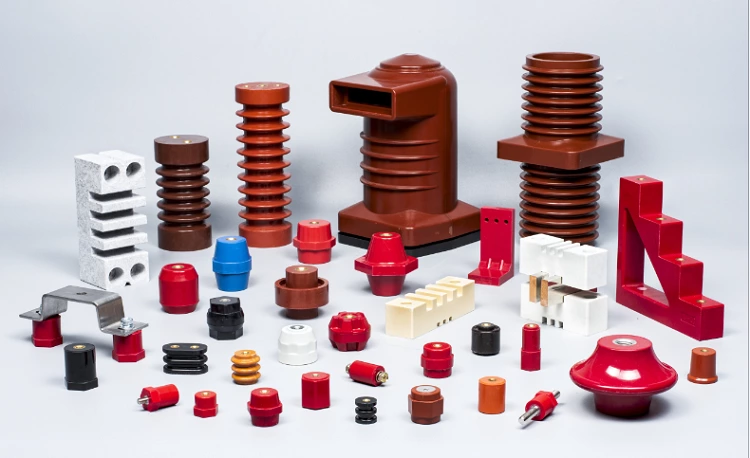
Definition Purpose
A busbar insulator provides electrical separation for metal conductors while also offering structural reinforcement. Typically constructed from dielectric substances—such as porcelain, polymer composites, or epoxy resin electrical insulator materials1—these insulators minimize the risk of current leakage, arcing, and accidental contact.
Key Roles of Busbar Insulators
Busbar insulators play a vital part in ensuring safe, consistent, and efficient electrical networks. Their main functions include:
✅ Electrical Separation: Prevents unintended current transfer, reducing short circuits and fire risks.
✅ Mechanical Stabilization: Supports busbars against vibration, thermal expansion, and heavy loads.
✅ Environmental Protection: Shields against moisture, dust, UV exposure, and chemicals.
✅ Noise Reduction: Mitigates electromagnetic vibrations to decrease operational noise.
These combined functions help extend system longevity and improve reliability.
Structure and Materials
Busbar insulators are often cylindrical with threaded rods at both ends and an insulating core. Common materials include:
🔹 Porcelain – Durable, weather-resistant, ideal for outdoor use.
🔹 Glass – Offers excellent insulation properties.
🔹 Polymer Composites (BMC, SMC) – Superior electrical and thermal performance.
🔹 Epoxy – Provides strong insulation and environmental resistance.
Each material is chosen based on mechanical support, electrical safety, and environmental resilience.
Types of Busbar Insulators
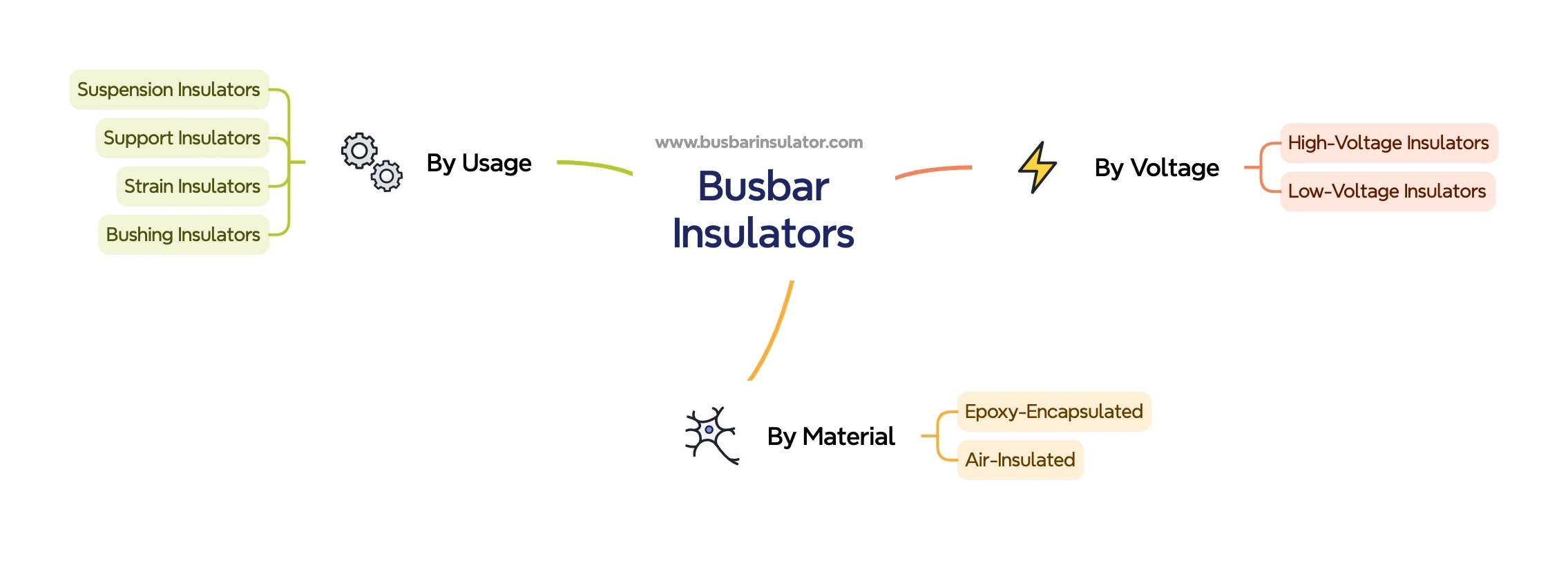
By Voltage
- High-Voltage Insulators: Used in substations, with post insulators for mechanical support and gas-insulated busbars with SF6 gas for insulation SF6 gas insulation2.
- Low-Voltage Insulators: Found in switchgear and distribution panels, ensuring mechanical stability.
By Material
- Epoxy-Encapsulated: Coated in epoxy resin for insulation and environmental protection.
- Air-Insulated: Uses air as an insulating medium, suited for low-cost installations.
By Usage
- Suspension Insulators: Supports overhead transmission lines.
- Support Insulators: The most common type, stabilizing busbars in switchgear and control gear assemblies.
- Strain Insulators: Handles high mechanical stress, used in long transmission spans.
- Bushing Insulators: Allows conductors to pass through grounded enclosures while staying insulated.
Voltage Specifications
Low Voltage Insulators
- Voltage Range: 660V to 4500V
- Material: BMC, SMC
- Heat Resistance: Up to 140°C
- Mechanical Strength: Tensile forces up to 1500 LBS
- Applications: Switchgear, control panels, busbar bridges
High Voltage Insulators
- Voltage Rating: 100kV+
- Material: Ceramics, glass, advanced composites
- Design: Multi-disc or shed for maximum surface area
- Durability: UV, moisture, and extreme weather resistant
- Applications: Outdoor substations, high-power transmission
Applications of Busbar Insulators
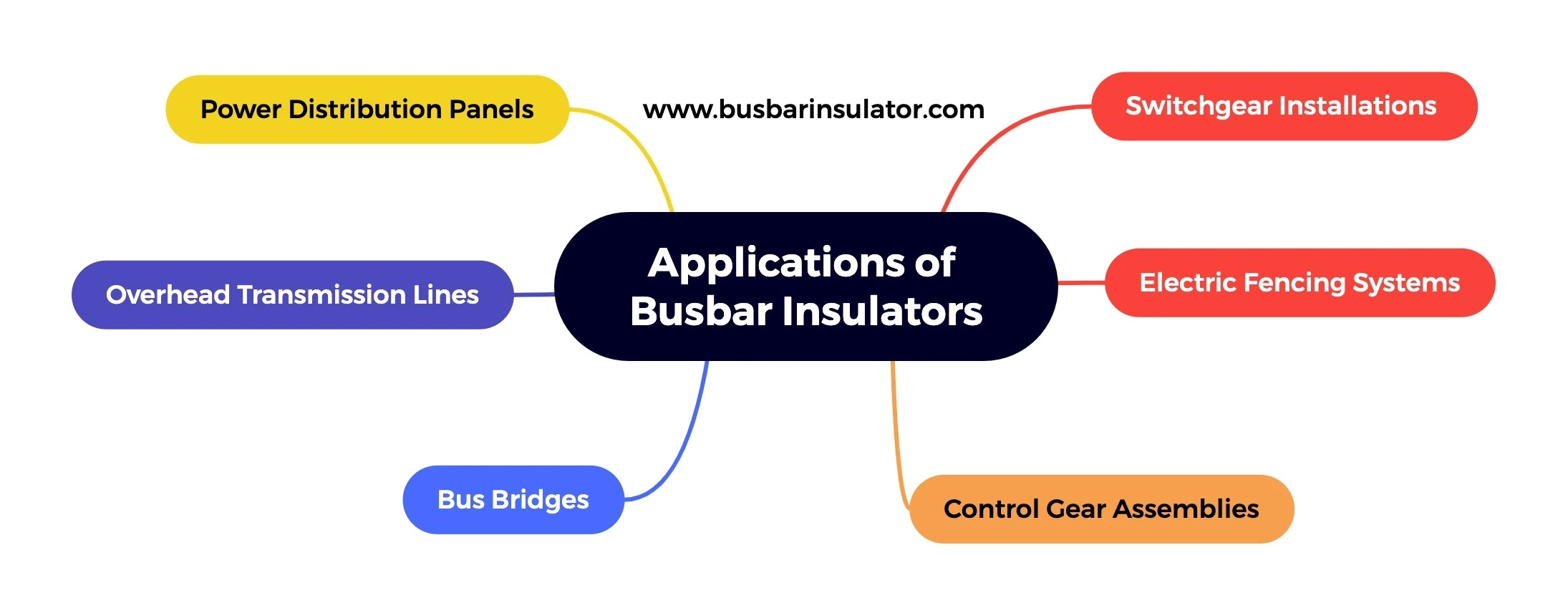
Busbar insulators are essential in multiple industries, ensuring safe and efficient power distribution.
🔹 Switchgear Installations – Maintains spacing and prevents short circuits.
🔹 Control Gear Assemblies – Enhances current management and efficiency.
🔹 Power Distribution Panels – Minimizes accidental contact and system failures.
🔹 Bus Bridges – Ensures stability in complex electrical frameworks.
🔹 Overhead Transmission Lines – Endures harsh weather conditions.
🔹 Electric Fencing Systems – Prevents energy loss and enhances safety.
Installation Guidelines
Proper installation of busbar insulators ensures safety and reliability.
1️⃣ Power Down & Inspect – Disconnect power before starting.
2️⃣ Prepare Area – Clean surfaces and align busbars properly.
3️⃣ Secure Fastening – Use appropriate screws and bolts.
4️⃣ Maintain Clearance – Allow for heat dissipation and prevent faults.
5️⃣ Use Proper Supports – Reinforce vertical installations.
6️⃣ Follow Electrical Standards – Adhere to IEC, ANSI, or CE standards electrical safety standards3.
7️⃣ Test Insulation Resistance – Ensure a minimum of 20MΩ per section insulation resistance testing4.
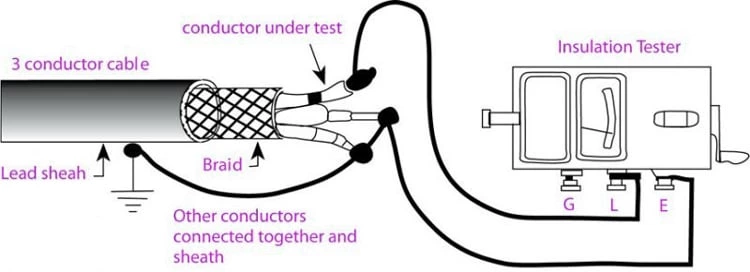
💡 Best Practices:
- Wear personal protective equipment (PPE).
- Verify grounding resistance (below 0.1Ω).
- Use weather-resistant insulators for outdoor setups.
Maintenance and Longevity
Regular maintenance is essential for durability and performance.
✅ Inspect Every 3-6 Months – Look for damage, discoloration, or corrosion.
✅ Use Approved Cleaners – Avoid solvents that compromise insulation.
✅ Monitor Temperature – High temperatures reduce insulation resistance.
✅ Maintain Records – Keep detailed logs to track performance and issues.
Busbar Brace and Market Trends
Busbar brace insulators provide mechanical support and electrical insulation.
📈 Market Growth Drivers:
- Increased investment in renewable energy.
- Expansion of HVDC transmission technology.
- Advancements in composite materials.
💰 Market Growth: 5.61% CAGR (2023-2032), driven by EV and renewable energy sectors .
Busbar Clamp and Market Overview
Busbar clamp insulators secure and insulate busbars in power systems.
🚀 Growth Factors:
- Rising demand for solar and wind energy.
- Urbanization & grid modernization.
- Innovations in gas-insulated and vacuum-insulated clamps.
💰 Market Size: USD 1.07B (2024) → 2.22B (2032), 9.53% CAGR.
Busbar Holder and Market Dynamics
Busbar holder insulators support and insulate busbars, preventing faults.
🔥 Trends:
- Growing preference for polymer-based insulators.
- Rapid urbanization in Asia-Pacific.
- Expansion in modular electrical distribution systems.
💰 Market Growth: 5.61% CAGR, expected to hit USD 18.7B by 2032.
How to Choose the Right Busbar Insulator
Choosing the right insulator ensures system efficiency and safety.
🔍 Selection Criteria:
- Voltage Rating – Match system requirements.
- Environmental Conditions – Use weather-resistant materials when needed.
- Mechanical Strength – Ensure it withstands stress and loads.
- Size & Clearance – Prevent arcing and ensure proper insulation.
- Material Compatibility – Avoid degradation between materials.
- Certifications – Look for IEC, ANSI, or CE compliance.
- Cost-Effectiveness – Balance price with long-term performance.
By evaluating these factors, you can choose a busbar insulator that meets your specific system requirements, ensuring long-term reliability and safety.
Related Products
Footnotes
-
What materials are used for electrical insulators? – Explains why materials like porcelain, glass, epoxy, and polymer composites are commonly used. ↩
-
What is SF6 gas insulation? – Describes how SF6 gas is used in high-voltage busbar insulation. ↩
-
What is IEC, ANSI, and CE certification for electrical components? – Helps readers understand safety standards for electrical products. ↩
-
How do you measure insulation resistance? – Provides guidance on insulation resistance testing. ↩
